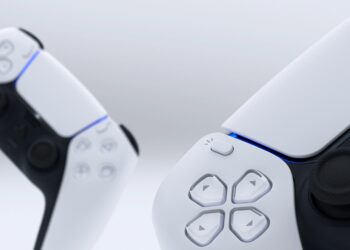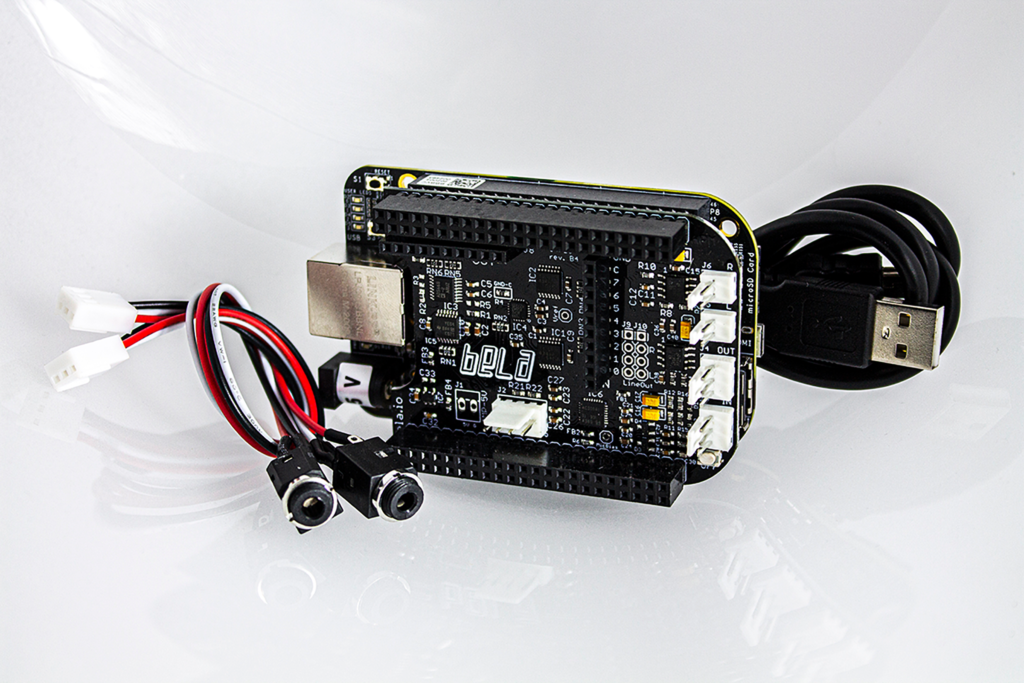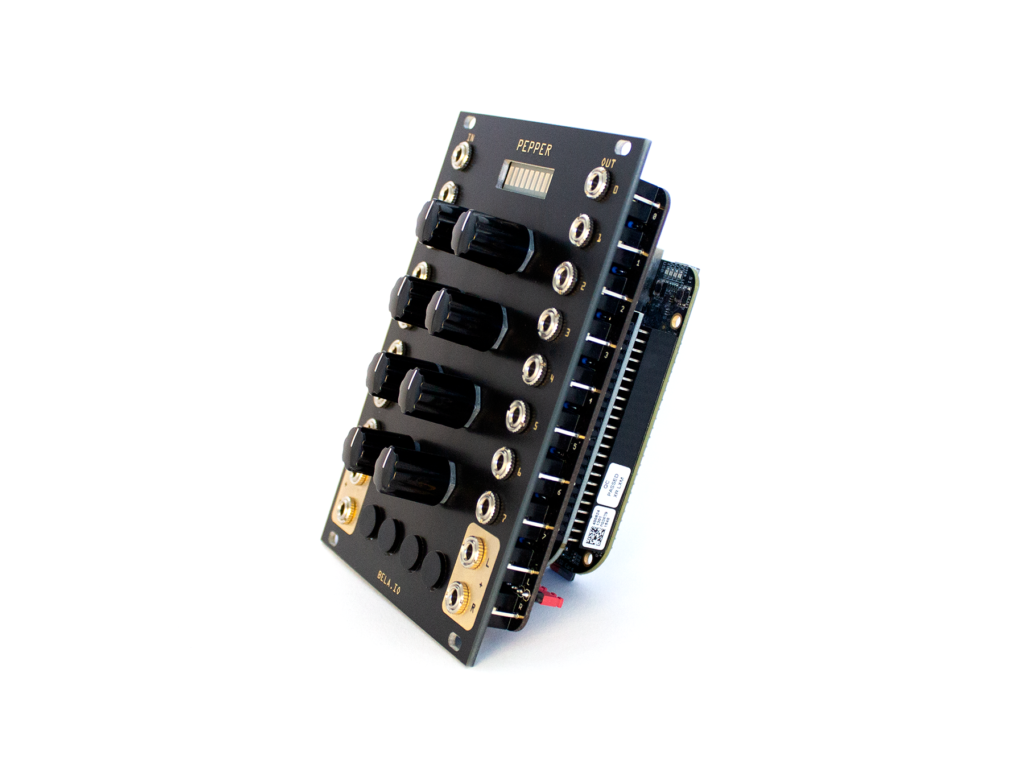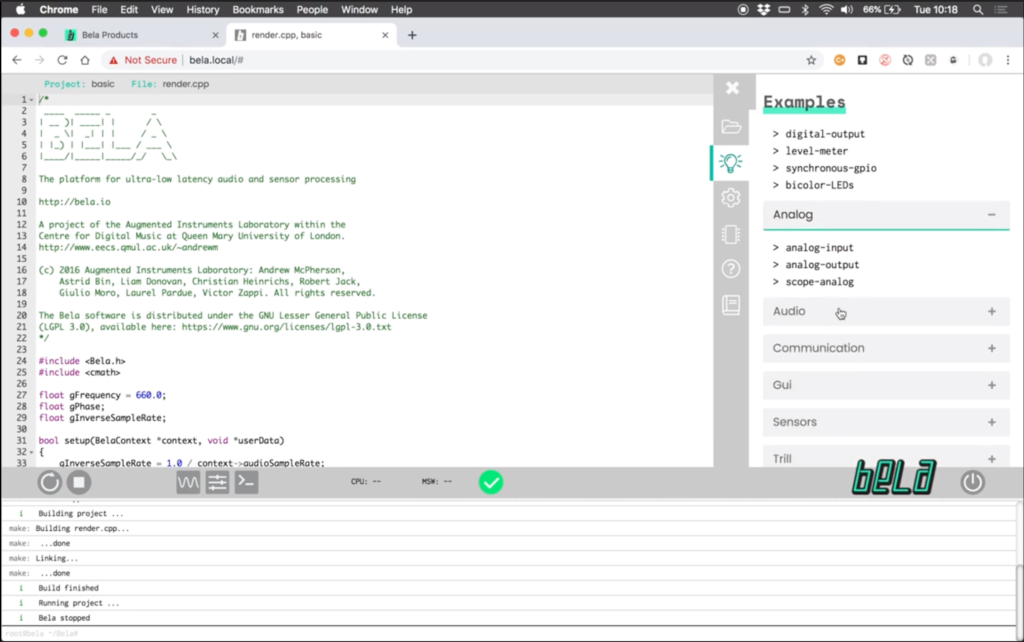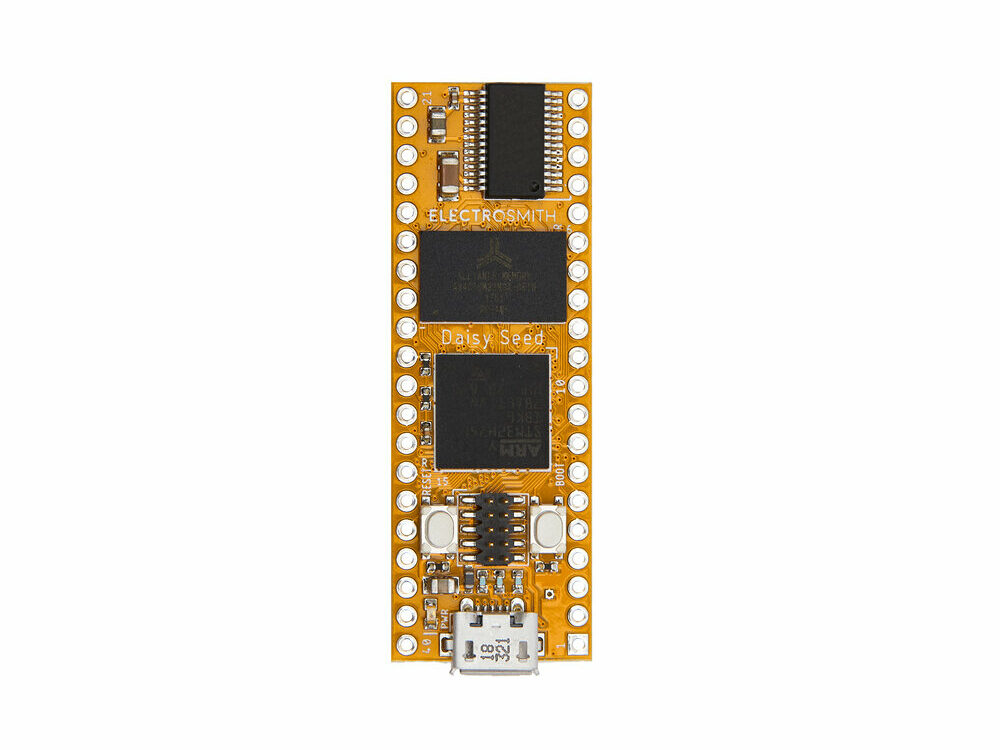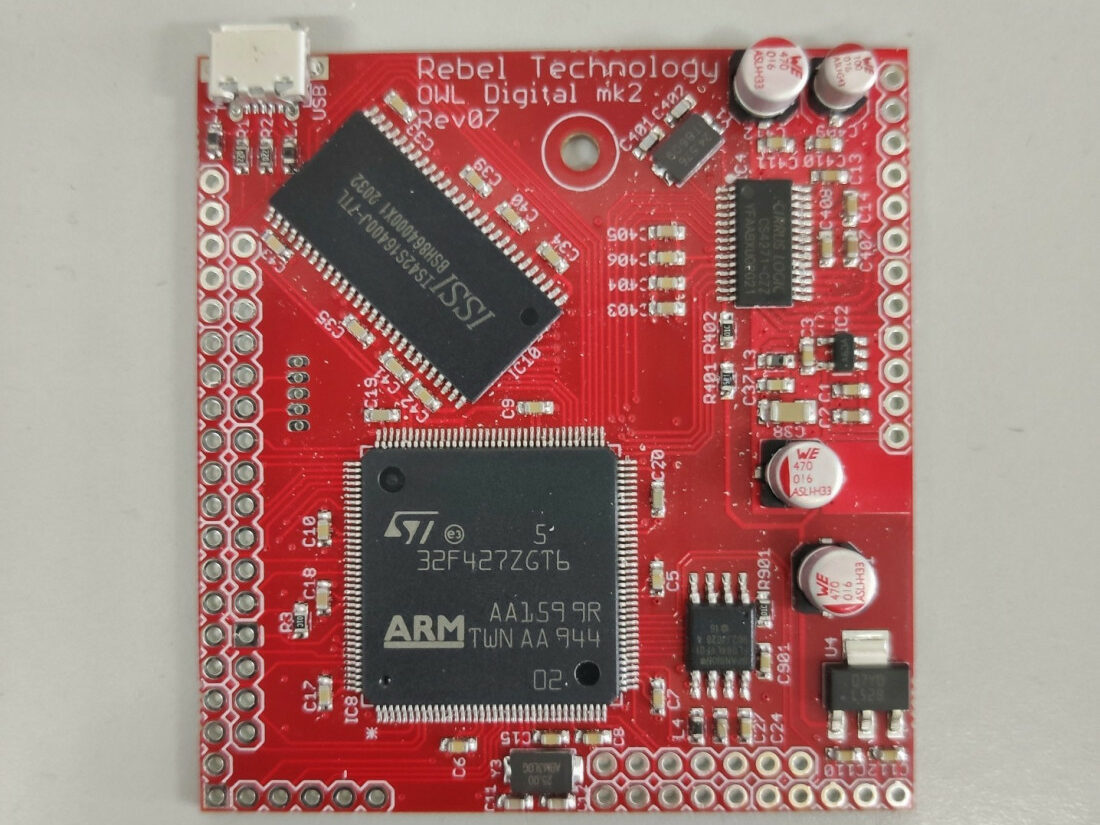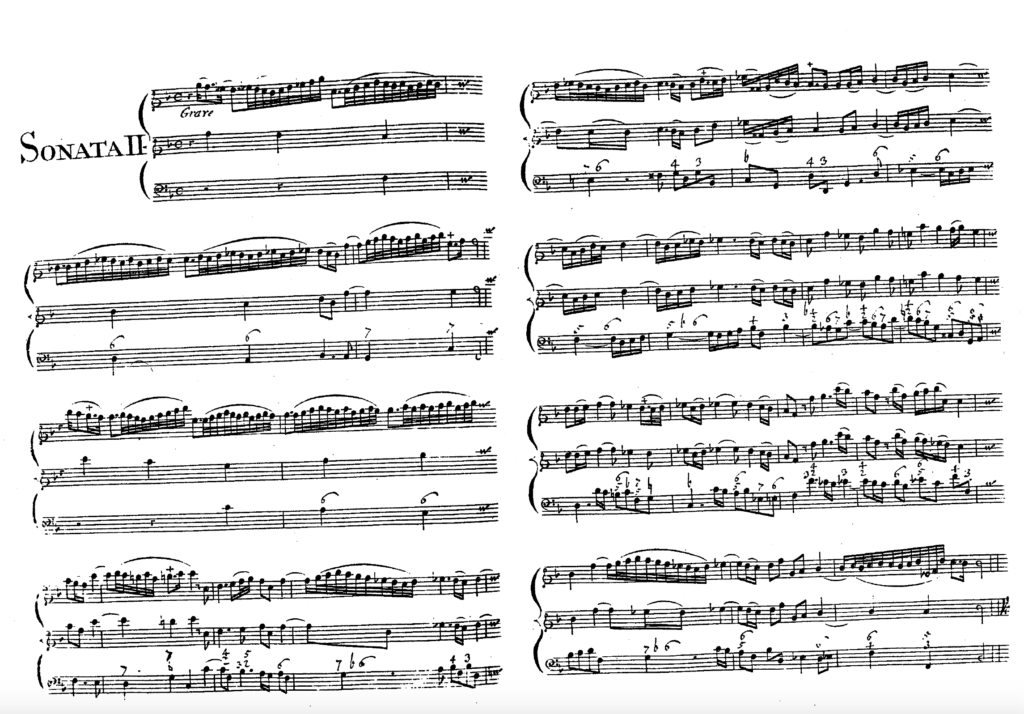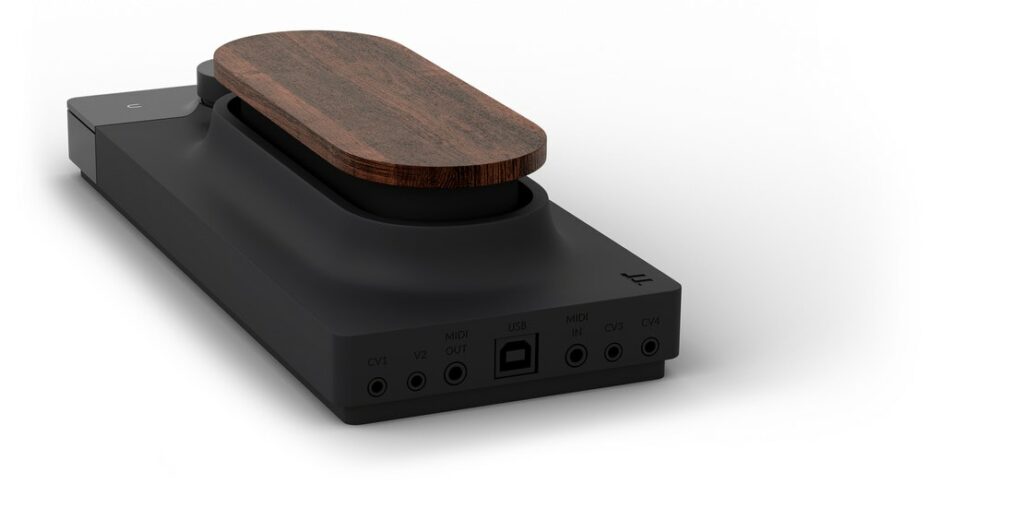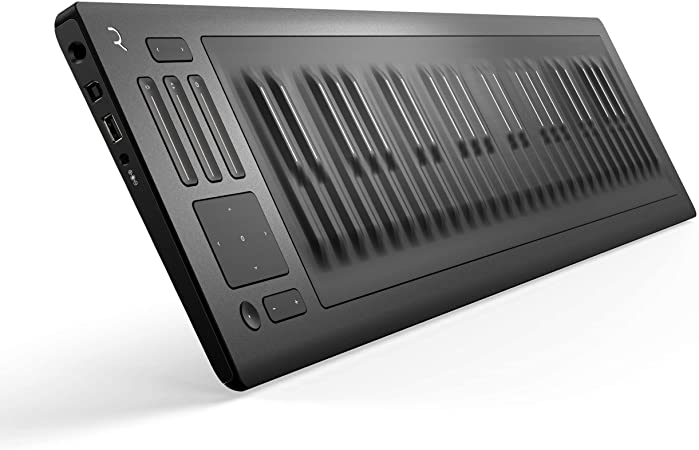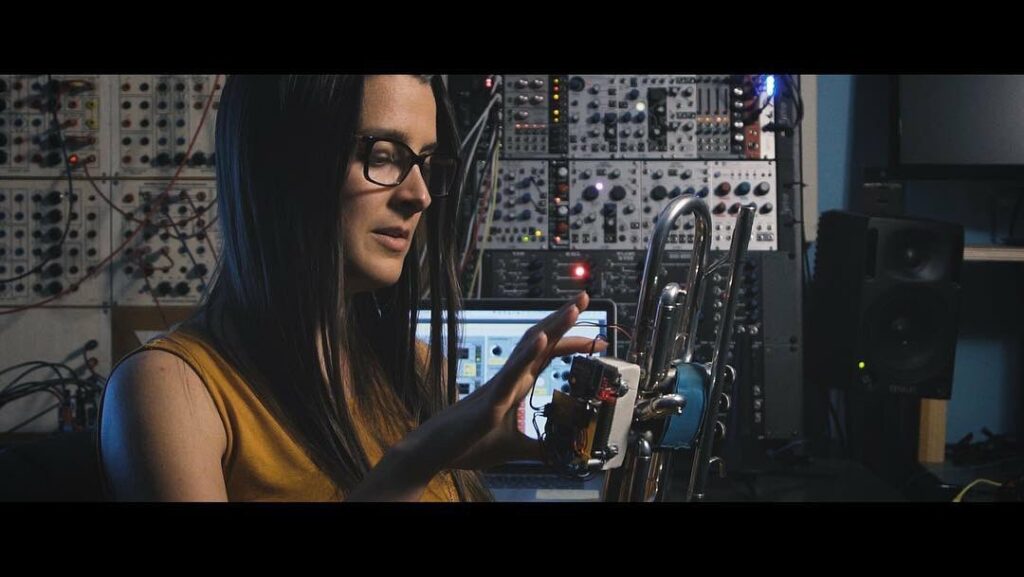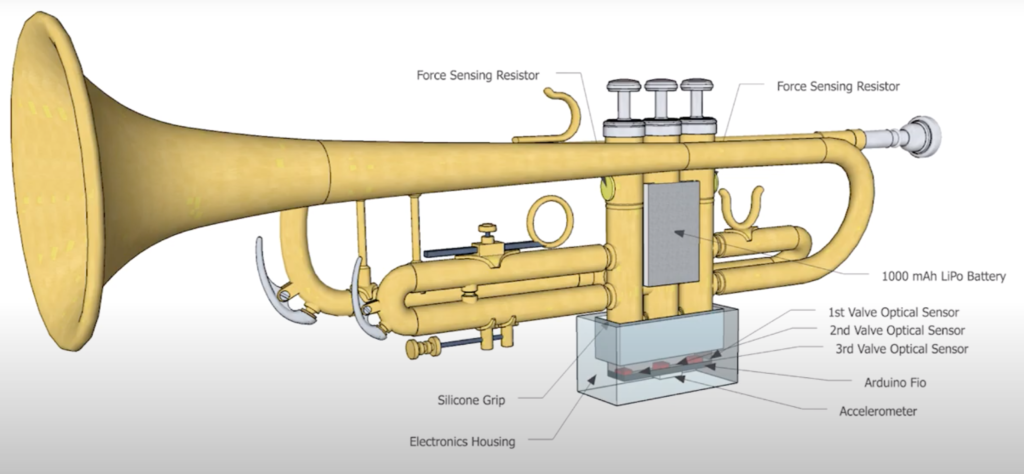One could summarize the paper by Christopher Ariza with ‘using a controller as interface for live music performances’ – how it works, what benefits and limitations there are. A controller, in the paper often referred as ‘Dual-Analog Gamepad’ is originally designed as a gaming peripheral/interface, for consoles and computers. But some folks figured it out back then, that all its inputs also could be interpreted by a computer as MIDI signals and subsequently used to map certain sounds or modifiers to these inputs – thus generating music by making inputs to the buttons on the controller. This not even limited to one instrument or soundscape alone, because there are various buttons left on the device, some could be used to alternate between different instruments which have either different constraints on using or are just controlled completely different from others. Since there is also the possibility to create complex interaction patterns, like to simultaneous button presses, the amount of immediately available instruments vastly increases.
This whole approach isn’t not the newest invention, the concept of repurposing any digital interfaces to transfer their various interactions into inputs to a machine to generate anything, yet it’s not being seen everywhere though. In most live musical performances, theses ‘input methods’ are very rare – although they could greatly enhance the audience’s perception of the artist; meaning that they don’t only interact with their laptop and just use ‘conventional’ input methods, like mouse and keyboard. As the paper correctly stated, it would create the impression that the artist actually ‘plays an instrument’ and have profiled in its use.
Coming back to the paper, it mostly focuses on explaining existing interface mappings for controllers, but the goal of this paper is mainly to promote the use and experimentation of literally ‘playing’ with a controller to create new experiences in music making.
What me struck me as most interesting, since the paper is now roughly ten years old, there have been numerous improvements and advances made in controller technology. So, if someone now would harness the various sensors, input and feedback methods of a newest generation controller – like the PlayStation5 DualSense Controller – the possibilities would be mind boggling.
To reiterate, what this little piece of plastic and electronics can do:
- 16 discrete buttons
- 2 Thumb sticks (essentially Joysticks) which also can be pressed
- Adaptive triggers for haptic feedback (creating various resistance experiences when pressing the triggers), which also can differentiate various strengths of button presses
- (Also, pressable, like a button) Touchpad which can track up to 2 fingers very precise and differentiate between certain various button press locations, like left and right
- Vibration motors for haptic feedback (precision rumble sensations)
- Acceleration sensor
- Gyro sensor
- LED light panel capable of displaying a lot of covers
- Built in Speaker
- Built in Microphone
- Headphone Jack
- Bluetooth Connectivity (to Apple products it is even optimized out of the box)
So, it’s quite a list of things of what a new generation controller can do. For example, I thought of changing the different instruments by dividing the Touchpad in segments and touching different segments of said Touchpad could correspond to activating different instruments. Adding to that, the current state of the instrument selection could be represented through a corresponding colour trough the LED panel – adding insult to injury, the successful switch to another instrument could be communicated trough a short rumbling of the controller, like a little shockwave; to give more haptic feedback to the change in instruments. Also, since the Touchpad can detect touch/swipe inputs, an interaction like scratching done by DJ’s could be emulated. There is one example, where a game uses the Touchpad to detect inputs for a guitar playing minigame – in TLOU Part II. You choose a chord (from a radial menu of presets) via the Thumb stick, and then strike individual strings or all of them via the Touchpad to get a sound.

Staying on the topic of the LED panel, communicating different events or states with light and even sound directly could be used to tell the rhythm, or the Haptic feedback with Vibration or adaptive triggers could be used to indicate rhythm and enable precision timing. Coming back to the various ways of haptic feedback, with the precision vibrations or rumblings, either the current beat timing could be felt like a little bass drum – or even wilder, whatever sound has been currently created with the controller, the beats vibration pattern could be used to make the newly made music ‘tactile’ and add an interesting layer of immersion/feedback experience.
To address the other options of input methods which take advantage of the different sensors, like the Gyro sensor to map movements to music, similar to the theremin or the Accel sensor to map events, like a change in tempo, drop, etc. The option to use the speakers as output in extreme situations could also be very helpful – but maybe just for something small like a metronome – but the headphone capability of the controller could come in handy at every opportunity.
All in all, utilizing a modern age controller like the DualSense controller could really open up new and various other ways to make and literally ‘play’ music.
_Literature & Resources
- The Dual-Analog Gamepad as a Practical Platform for Live Electronics Instrument and Interface Design
- https://www.playstation.com/de-at/accessories/dualsense-wireless-controller/
- Controllerism 101: Making Music With Game Controllers
- How to use a Gamepad as a Midi Controller in FL Studio
- How To: Use A PS4 Controller as a Live MIDI Controller
- Making Music I can FEEL with a PS5 DualSense Controller
